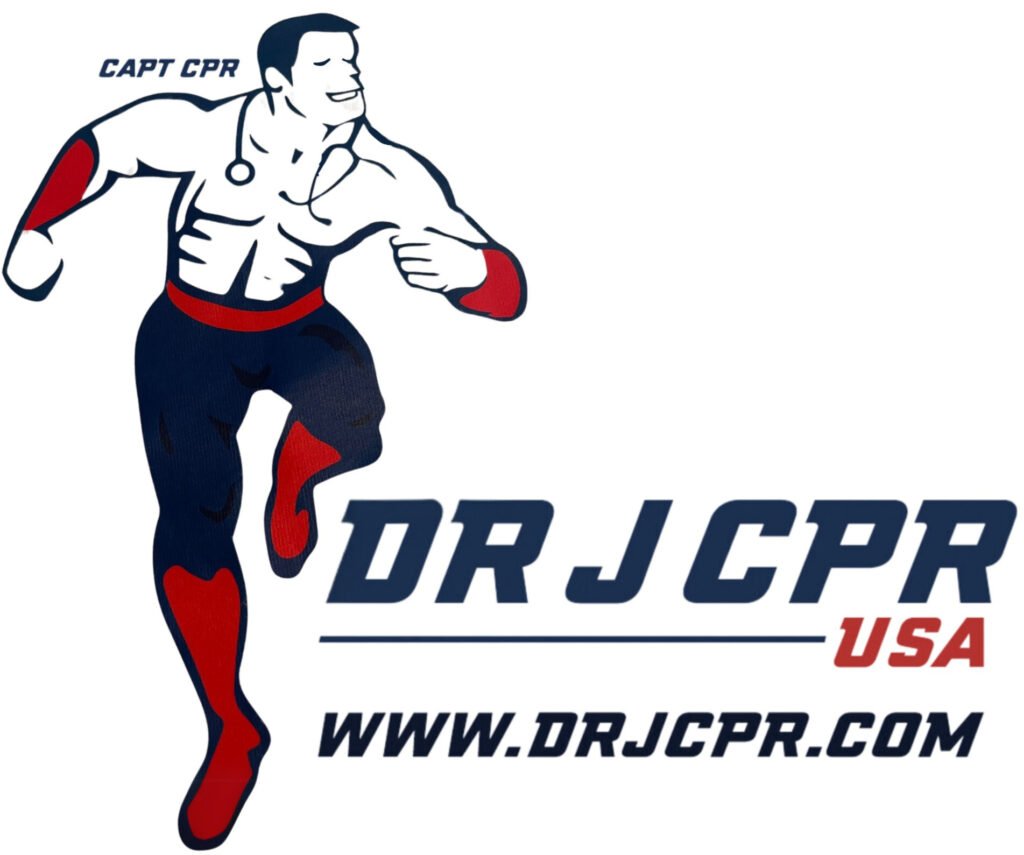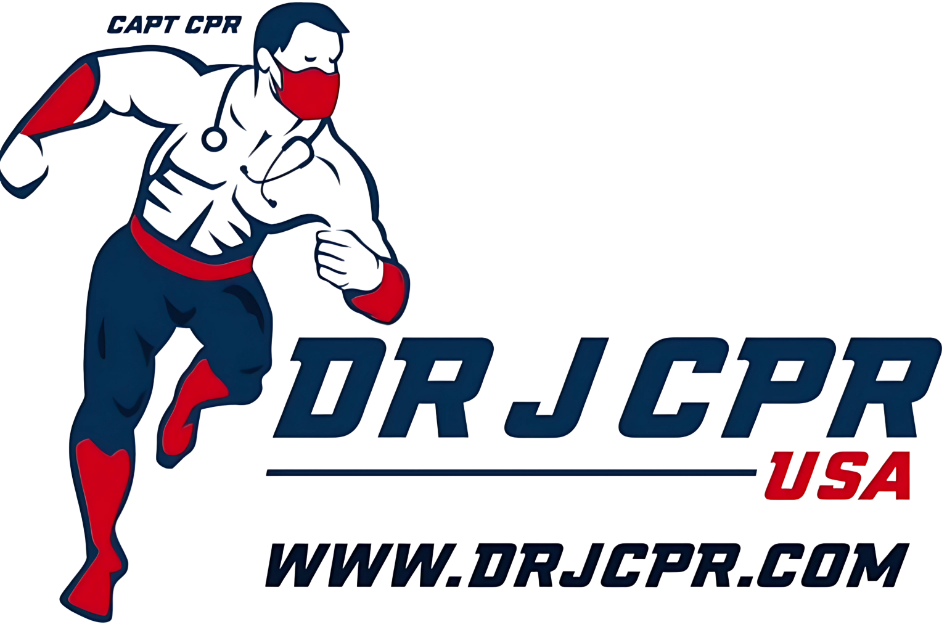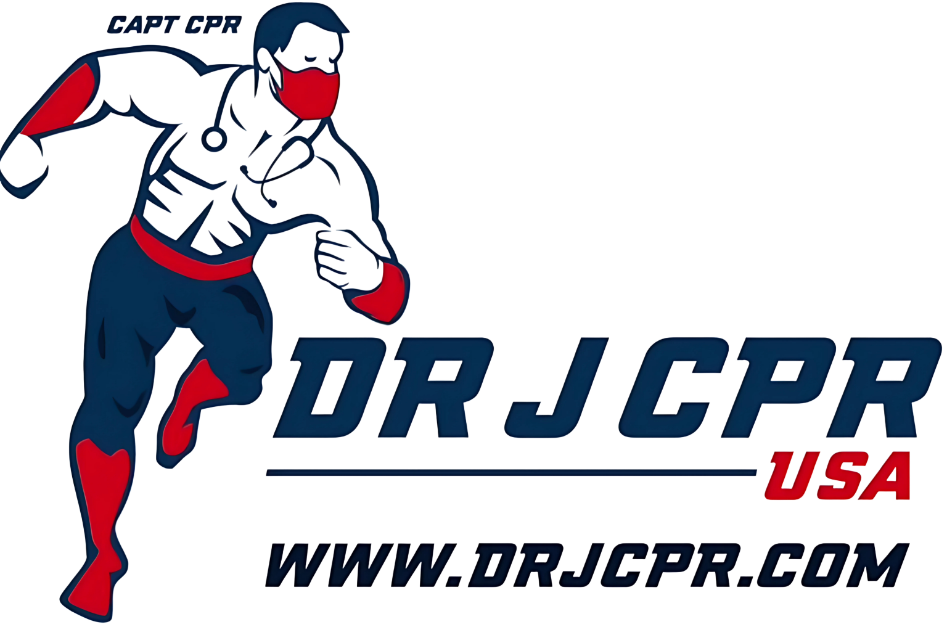How To Join
- Step 1: Sign up
- Step 2: Register for your course
- Step 3: Make payment via Credit Card, Zelle, Venmo, or Cash App to access study materials and exams
Go to Curriculum to access your course materials.
Optional Books:
- ACLS – $30
- BLS – $20
- PALS – $35
Payment Methods:
- Zelle: 913-515-7925
- Venmo: 913-515-7925 (Dr Jay Hershman CPR)
- Cash App: 913-515-7925 (Dr Jay Hershman CPR)
- Credit Cards: American Express & all major cards accepted
Support: Contact DrJayHershman@gmail.com
PALS Course Overview
The PALS (Pediatric Advanced Life Support) Class Online is tailored for healthcare professionals who manage critical pediatric emergencies. This course equips learners with a systematic approach…
What You Will Learn:
- Pediatric Physiology & Assessment – Unique aspects of anatomy and clinical evaluation
- Fever, Glucose & Oxygenation – Managing fever, recognizing hypoglycemia, oxygen therapy basics
- Heart Pressure & Circulatory Dynamics – Right vs. left heart pressure in children
BLS Course Overview
The BLS (Basic Life Support) Class Online is designed for healthcare providers and first responders seeking to master lifesaving skills…
What You Will Learn:
- Chain of Survival – Understanding critical survival links
- High-Quality CPR – Compression depth, rate, and minimizing interruptions
- AED Use & Safety – Recognizing shockable rhythms and using AEDs
Curriculum
- 2 Sections
- 15 Lessons
- 7 Days
Expand all sectionsCollapse all sections
- Videos15
- 1.11. Peds Dr. Jay :Fever, Glucose, Oxygen5 Minutes
- 1.22. Heart right side Left side pressure5 Minutes
- 1.33. Blood Pressure Valves6 Minutes
- 1.44. Systolic vs Diastolic7 Minutes
- 1.55. Heart Sounds5 Minutes
- 1.65. CO=HRxSV10 Minutes
- 1.77. Diff between MI and Cardiac Areest5 Minutes
- 1.88. Brain controls Breathing8 Minutes
- 1.99. Brain Controls Heart4 Minutes
- 1.1010. EKG 110 Minutes
- 1.1111. EKG 232 Minutes
- 1.1212. H + T2 Minutes
- 1.1313. Meds7 Minutes
- 1.1414. Intubation and Video10 Minutes
- 1.15BLS57 Minutes
- Exam2
$245
Credit card, Zelle, Cash app, Venmo
Call him at 913-515-7925
Leave a message or text. I will get back to you.
Email: DrJayHershman@gmail.com
We give you five days to complete the course. Two days to complete the exam.
Yes
Once you complete the course with the exam, you will fill out the certificate of completion. It will automatically go to Dr. Jay’s email and he will send you the card within 12 hours..
If you open the class for any reason, there is no refund.
Yes, it is timed once you open it.
2 hours.
You can take the exam two times with no extra charge. The third time you will be charged $50 and you will get the questions & answers you get wrong. We do not allow people to fail our course.
Yes, whether you listen or not during that time …..is up to you.
They are short videos of lectures that are highly informative done by a doctor of medicine.
Yes, you can do this in class by calling Dr. J or scheduling the class online at the address above. You will go to the local office.
You get all the videos and all of the books that are there for you to read and listenat any time. It is a $25 a month charge. You can cancel anytime.
Yes - https://americanheartcpr.net/courses/acls-class-on-line/
Yes - https://americanheartcpr.net/courses/bals-class-on-line/
You can leave a message or leave a text anytime . I will get back to you.






